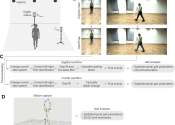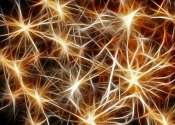Cell phone video technology unveils new method for analyzing walking and gait
Researchers at Kennedy Krieger Institute and Johns Hopkins Medicine have developed a new, accessible approach to analyze a patient's walking ability and stances more effectively. Following numerous tests, they determined ...
Mar 28, 2024
0
9









